Today we will discover some of the most fascinating hidden wonders of the world. There exist remarkable archaeological sites that reveal the secrets of ancient civilizations. These hidden marvels not only narrate the tales of bygone cultures but also challenge our perceptions of historical progression and understanding of history itself. From majestic cities carved into mountains to remote temples lost in the wilderness, from the colossal Fossils of dinosaurs to the tiniest artifacts that changed the course of history, fascinating archaeological evidence at these sites which takes us into the past. Today we will uncover some of the most astonishing hidden wonders of the world. places where history, art, and ancient craftsmanship merge to reveal the marvels of human achievement. The hidden wonders of the world include both globally renowned archaeological sites and Hidden treasures yet to be revealed. Archaeological discoveries can reveal astonishing insights into the past, from the lives of ancient civilizations to the existence of long-extinct creatures. These findings offer a unique perspective into ancient cultures and their fascinating ways of life. Together we will uncover these hidden treasures that continue to inspire and educate us today.
The following are the Hidden Wonder of the World
Angkor Wat
Angkor Wat, Cambodia, is the largest religious monument in the world.
A Hindu temple complex originally built in the early 12th century as a monument to the Hindu god Vishnu is the largest structure in the world, it later transformed into a Buddhist temple.
This UNESCO World Heritage site spans approximately 162 hectares and features intricate bas-reliefs & a unique architectural style that reflects the grandeur of Khmer civilization. The complex includes numerous temples and hydraulic structures, showcasing the advanced engineering and artistic achievements of the Khmer Empire from the 9th to 15th centuries.
Art and Craft of Angkor Wat:
- Intricate Bas-Reliefs: Angkor Wat is renowned for its intricate bas-reliefs that adorn the temple walls. These carvings depict Hindu mythology, including scenes from the Ramayana and Mahabharata epics.
- Central Towers: The temple features five central towers, symbolising the five peaks of Mount Meru, the mythical home of the gods in Hindu and Buddhist mythology.
3. Symbolic Architecture: The temple’s layout is designed to represent the universe, with the central towers representing the mountain of the gods and the surrounding moat symbolizing the cosmic ocean.
Culture and Significance of Angor Wat:
Angkor Wat, is a magnificent Hindu temple complex built in the early 12th century. It stands as a testament to the Khmer Empire’s cultural and religious achievements, showcasing intricate bas-reliefs depicting scenes from Hindu mythology. The temple’s central towers symbolize Mount Meru, the mythical home of the gods, while its advanced hydraulic system demonstrates the Khmer people’s engineering prowess. Angkor Wat remains a national symbol of Cambodia, inspiring awe and wonder in visitors from around the world.
Key facts about Angor Wat:
- Largest religious structure in the world.
- Originally built as a Hindu temple dedicated to Vishnu, later converted to Buddhist.
- UNESCO World Heritage Site.
- Known for its intricate bas-reliefs and unique architectural style.
- Located in Siem Reap, Cambodia.

Petra, Jordan: the lost city of desert
Petra, an ancient city carved into rose-red cliffs, was the capital of the Nabataean Kingdom. It flourished from the 4th century BCE to 2nd century CE as a major trading hub. The site is renowned for its rock-cut architecture and water conduit system. Notable structures include Al-Khazneh (The Treasury) and the Monastery. Petra was designated a UNESCO World Heritage site in 1985 for its cultural significance and exceptional preservation.
Architectural splendor of petra: Petra’s architectural splendor is evident in its numerous monuments, including the Amphitheater, the Royal Tombs, and the Monastery. These structures showcase the Nabateans’ ability to combine functionality with aesthetic beauty, creating a city that is both practical and visually stunning.
Cultural influence of petra: Petra’s cultural influence is a product of its unique historical context and geographic location. The city’s architecture and heritage stand as a testament to the rich tapestry of cultures that have shaped its development.
Key facts about Petra:
- Ancient Nabatean city carved into sandstone cliffs.
- UNESCO World Heritage Site.
- Famous for its intricate architecture and stunning natural setting.
- Located in Petra, Jordan.
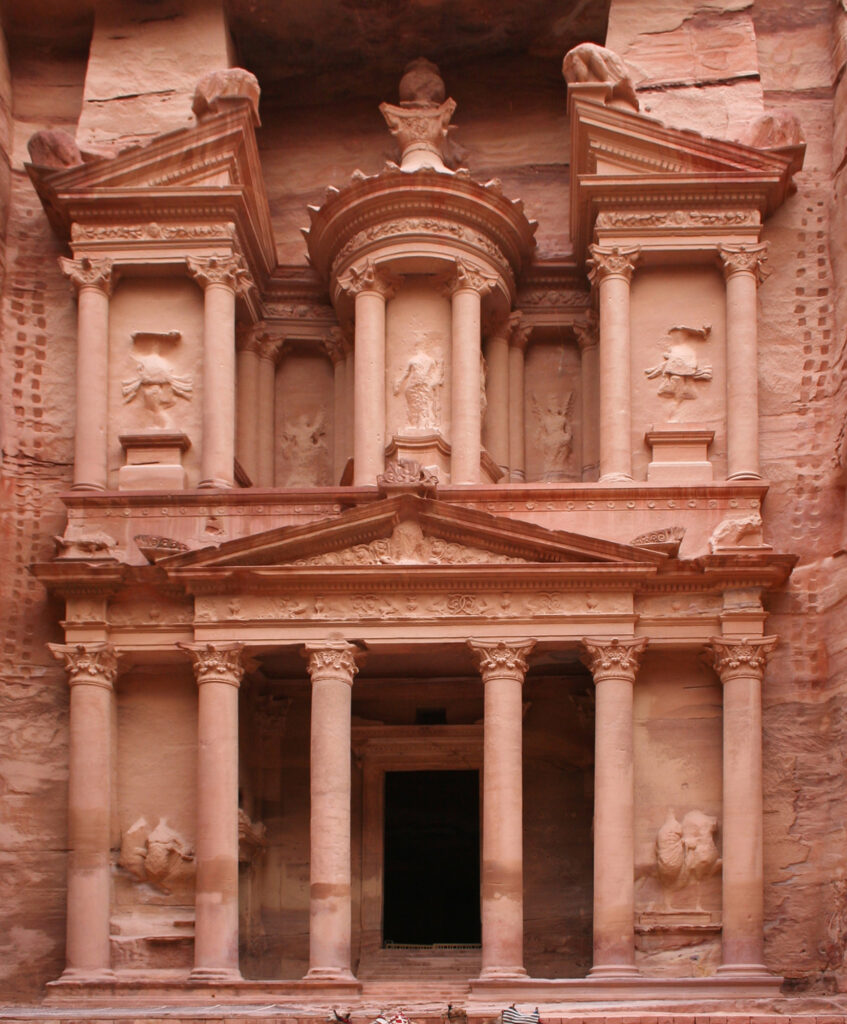
Teotihuacan, Mexico: A city of God’s
Teotihuacan, located near Mexico City, was one of the largest urban centers in pre-Columbian America, flourishing from about 100 BCE to 550 CE. Known for its massive pyramids, including the Pyramid of the Sun and Pyramid of the Moon, Teotihuacan features complex residential areas and an extensive road system. Its influence spread throughout Mesoamerica, making it a UNESCO World Heritage site since 1987 due to its archaeological significance.
Architecture and urban planning of Teotihuacan: Teotihuacan’s architecture and urban planning reflect the advanced knowledge and skills of its ancient inhabitants. The city’s impressive structures and well-organized layout provide valuable insights into the lives and beliefs of the people who lived there.
Cultural influence of Teotihuacan: Teotihuacan’s cultural influence extended far beyond its own borders. The city’s art, architecture, and religious beliefs have had a lasting impact on subsequent Mesoamerican civilizations. Today, Teotihuacan remains a powerful symbol of the cultural richness and diversity of ancient Mexico.
Key facts about Teotihuacan:
- One of the largest cities in the world during its peak.
- Known for its urban planning and impressive architecture.
- Home to the Pyramid of the Sun and the Pyramid of the Moon.
- Located in Teotihuacan, Mexico.
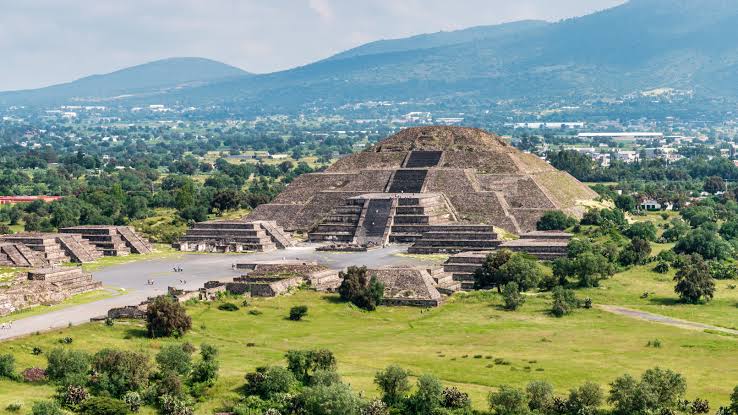
Tikal, Guatemala: the majestic city of maya
Tikal is one of the most significant archaeological sites of the Maya civilization, located in northern Guatemala. It was inhabited from around 600 BCE until approximately 900 CE. The site features towering pyramids, temples, and palaces set within a lush rainforest. Tikal became a UNESCO World Heritage site in 1979 for its monumental architecture and rich cultural heritage.
Tikal’s architecture and urban planning: Tikal’s architecture and urban planning reflect the advanced knowledge and skills of the Maya people. The city’s impressive structures and well-organized layout provide valuable insights into the lives and beliefs of the ancient Maya.
Cultural importance of Tikal: Tikal’s cultural importance is evident in the enduring legacy of the Maya civilization. The city’s art, architecture, and religious beliefs continue to inspire and captivate people around the world.
Key facts about Tikal:
- Powerful Maya city-state during the Classic Maya period.
- Known for its towering temples and hieroglyphic inscriptions.
- UNESCO World Heritage Site.
- Located in Tikal National Park, Guatemala.
Machu Picchu: The Lost City of the Incas
Machu Picchu is an iconic Incan citadel set high in the Andes Mountains. Built in the 15th century under Emperor Pachacuti, it served as a royal estate and religious site. Rediscovered in 1911 by Hiram Bingham, it showcases sophisticated dry-stone construction and terraced agriculture. Machu Picchu was declared a UNESCO World Heritage site in 1983 due to its historical significance and breathtaking scenery.
Art & Culture of Machu Picchu: Machu Picchu’s unique combination of natural beauty, architectural splendor, and historical significance has made it one of the most popular tourist destinations in the world.
Cultural and historical significance of Machu Picchu: Machu Picchu’s cultural and historical significance has made it one of the most popular tourist destinations in the world. The city’s enduring appeal lies in its ability to transport visitors back in time, offering a glimpse into the lives and beliefs of a fascinating ancient civilization.
Key facts about Machu Picchu:
- Inca citadel perched high in the Andes Mountains.
- UNESCO World Heritage Site.
- Known for its impressive stonework and terraced fields.
- Located in the Cusco Region, Peru.
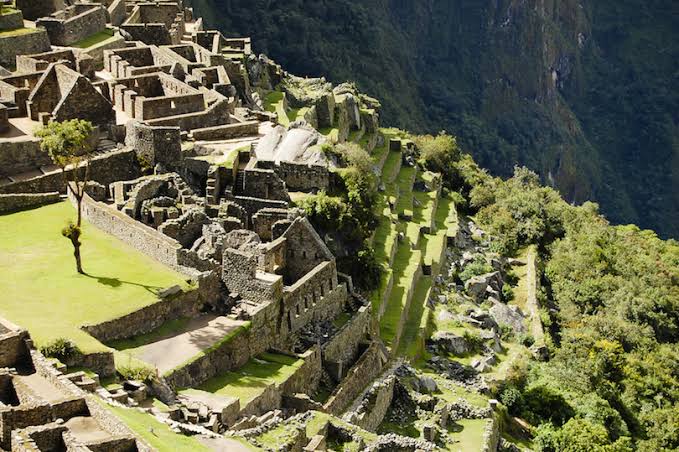
Some of the additional archaeological wonders of the world, which is not very well known yet.
Göbekli Tepe, Turkey the oldest temple complex
Renowned for its monumental T-shaped pillars adorned with intricate carvings depicting animals, birds, and abstract symbols. Believed to be the oldest known temple site in the world, challenging previous theories about the origins of agriculture and organised religion.
Artistic and cultural significance of Gobekli tope: Gobekli Tepe is a remarkable archaeological site that offers new insights into the origins of human civilization. Its artistic and cultural significance challenges traditional theories about the development of complex societies and the transition from hunting and gathering to agriculture.

Bagan, Myanmar:
Over 2,000 ancient temples and pagodas, including the Shwezigon Pagoda and the Ananda Temple.
Significance of Bagan, Myanmar: A major center of the ancient Pyu Kingdom, known for its Buddhist architecture and cultural heritage.
Architectural marvels and cultural legacy of Bagan Myanmar: Bagan is a city of extraordinary beauty and historical significance. Its vast collection of temples and stupas offers a glimpse into the rich cultural heritage of the Pagan Kingdom. Visitors to Bagan can marvel at the architectural splendor of the city and learn about the fascinating history of this ancient civilization.

Mohenjo Daro, Pakistan
A well-preserved Indus Valley Civilization site, featuring a planned city layout, granary, and public bath.
Significance of Mohenjo Daro: One of the earliest urban civilizations in the world, offering insights into ancient Indian history and culture.
Architectural marvels and cultural legacy of Mohanjo Daro: Mohenjo Daro is a archaeological site also known for ancient civilization of the Indus Valley. Its impressive architecture, advanced urban planning, and rich cultural heritage continue to fascinate scholars and visitors from around the world.
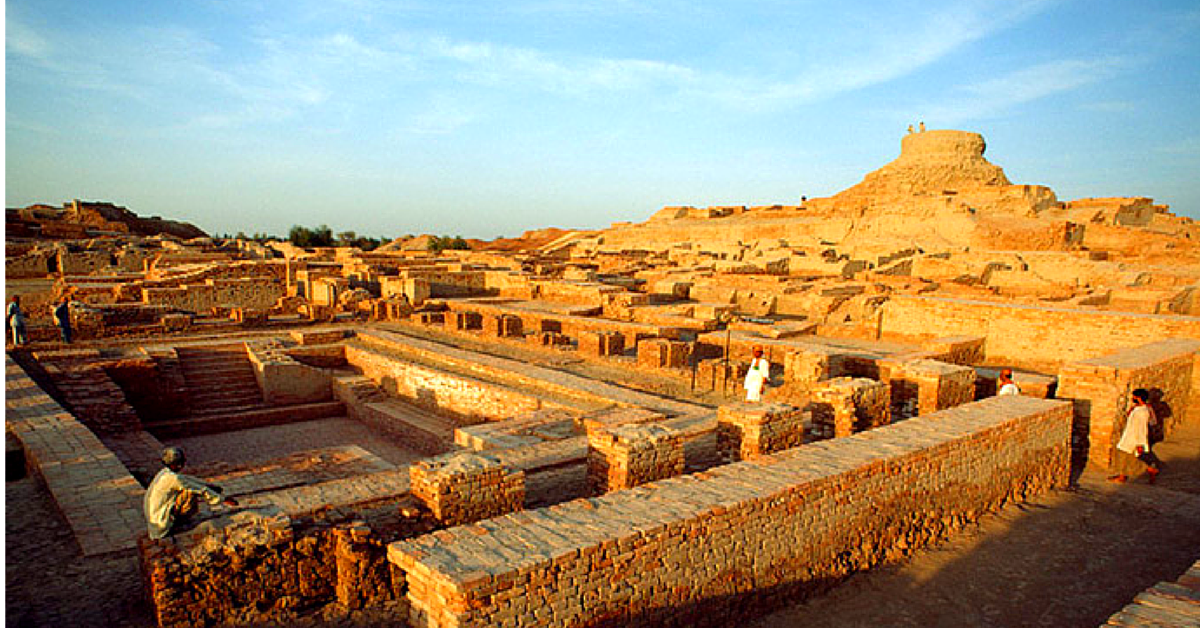
Easter Island, Chile: guardians of the past:
Giant stone statues known as “moai,” believed to represent ancestral figures.
Significance of easter island: A remote island with a unique culture and history, still shrouded in mystery.
The Moai statue and cultural significance: The Moai statues of Easter Island are a remarkable testament to the ingenuity, creativity, and cultural significance of the Rapa Nui people. This is the place which fascinate scholars and visitors from around the world
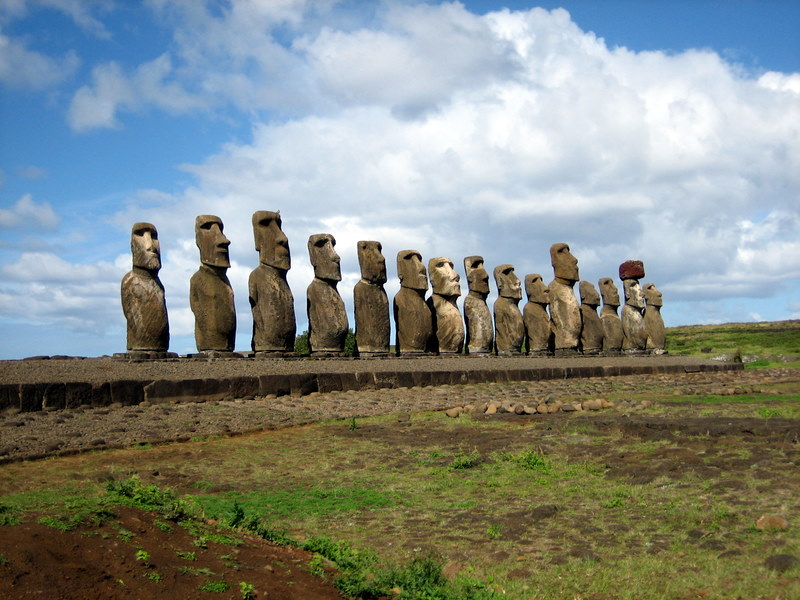
Great Zimbabwe, Zimbabwe:
A massive stone enclosure complex, believed to have been the capital of the Great Zimbabwe Empire.
Significance of the great Zimbabwe: A testament to the advanced engineering and architectural skills of the Shona people.
Architectural and cultural importance of zimbabwe: Great Zimbabwe is a archaeological site also ancient civilization of the Zimbabwe Empire. Its impressive architecture, complex social structure, and rich cultural heritage fascinate people around the world.
Pompeii, Italy: A frozen city in time
A Roman city preserved by the eruption
Daily life in ancient Rome: Pompeii, a Roman city preserved by the eruption of Mount Vesuvius in 79 CE, ancient Roman life. From the bustling streets and grand villas to the intricate mosaics and frescoes, Pompeii provides a snapshot of a bygone era. The city’s well-preserved ruins provide invaluable insights into Roman daily routines, social structures, religious practices, and cultural values. With its wealth of archaeological treasures, Pompeii continues to captivate and inspire visitors from around the world.
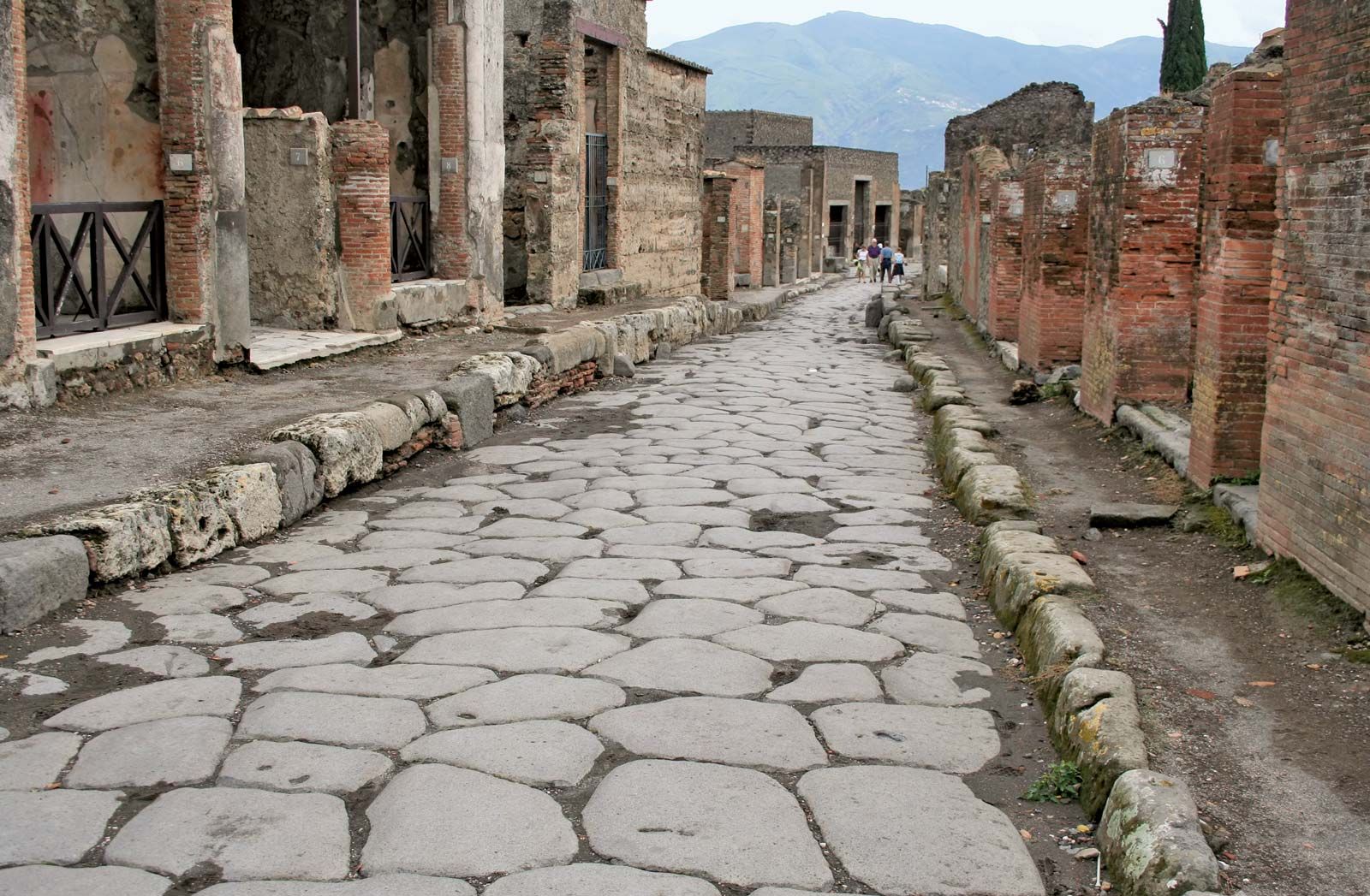
The Timeless Legacy of Hidden Wonders:
The idea that throughout history, countless marvels remain undiscovered or overlooked. These wonders, whether in nature, architecture, or culture, hold stories and knowledge that transcend time. Exploring them invites curiosity and understanding of our world.
From ancient ruins hidden beneath dense forests to breathtaking natural landscapes tucked away from the beaten path, each hidden wonder has the potential to inspire awe and connect us to our shared human experience. These legacies encourage preservation and appreciation for the mysteries that still await our discovery.
These are just a few examples of the many hidden archaeological wonders around the world. These ancient wonders, such as Angkor Wat, Petra, Teotihuacan, Tikal, and Machu Picchu not only reveal the splendor of ancient civilizations but also remind us of the resilience, creativity, and ingenuity of humanity artistry, and spiritual devotion.
These hidden wonders can inspire us to appreciate the diversity of human experience and the enduring power of creativity, whether you’re drawn to the grandeur of Angkor Wat, the mystery of Petra, or the spiritual significance of Machu Picchu, exploring these ancient sites can be a transformative experience. Whether through travel or research, these ancient civilizations give us a deeper understanding of our world and a renewed sense of wonder.

